Chimney caps may look like simple covers sitting on top of a stack of bricks, but their sizing determines how well your chimney performs. Whether you are replacing an old cap or installing a new one for the first time, knowing how to measure chimney cap correctly ensures that your fireplace system works safely and efficiently. The right fit keeps rain, snow, animals, and debris out of the flue while allowing smoke and gases to escape freely. A poorly sized cap, however, can restrict airflow, cause downdrafts, or allow moisture inside the structure. For this reason, precise measurement is more than a detail—it is an essential step in protecting both your chimney and your home.
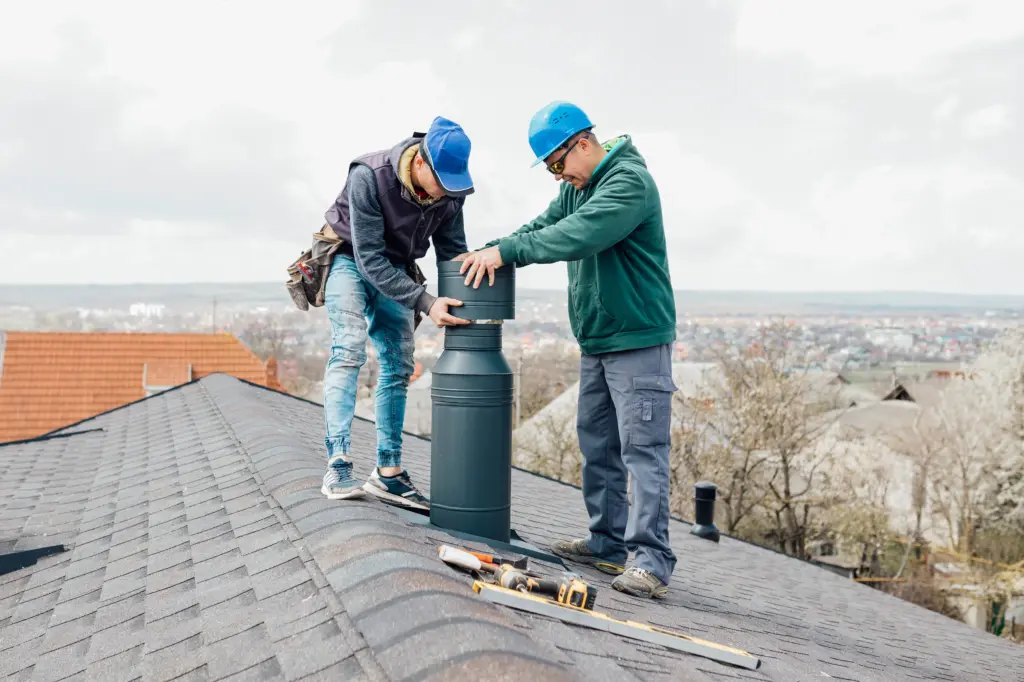
Why Accurate Measurements Matter
Every chimney is unique, and so is the cap that fits it. Even small differences in flue shape, brick dimensions, or crown design can affect sizing. When a cap fits correctly, it forms a weather-tight barrier that directs water away from the flue and crown. The mesh sides allow smoke to exit without interference while blocking leaves, birds, and squirrels from entering. Knowing how to measure chimney cap properly also helps maintain the draft that draws air up the flue. If the opening is too restricted, smoke can push back into the home. If the cap sits too high or wide, rain and cold air can enter, affecting heating efficiency. Accuracy keeps your system in balance, preventing costly maintenance issues later on.
Understanding Chimney Cap Styles Before Measuring
Before taking measurements, it helps to understand the different types of chimney caps. Some are designed to cover a single flue, while others span multiple flues or the entire chimney crown. Masonry chimneys often feature rectangular or square openings, while factory-built or metal chimneys use round flues that require different mounting methods. A one-size-fits-all approach rarely works, which is why chimney professionals begin each installation with detailed measurements. The Chimney Safety Institute of America (CSIA) emphasizes that proper fitting is vital to preserving venting performance and preventing moisture damage. Choosing the correct type first ensures that the measuring process provides the data needed for a secure and lasting installation.
When homeowners learn how to measure chimney cap correctly, they discover that small errors can lead to big consequences. A cap that seems close in size may not seal evenly, allowing wind or water to enter from one side. Over time, this imbalance can loosen mortar joints or lead to rusted flue liners. Precise dimensions eliminate these issues and provide confidence that the chimney is fully protected against weather and debris.
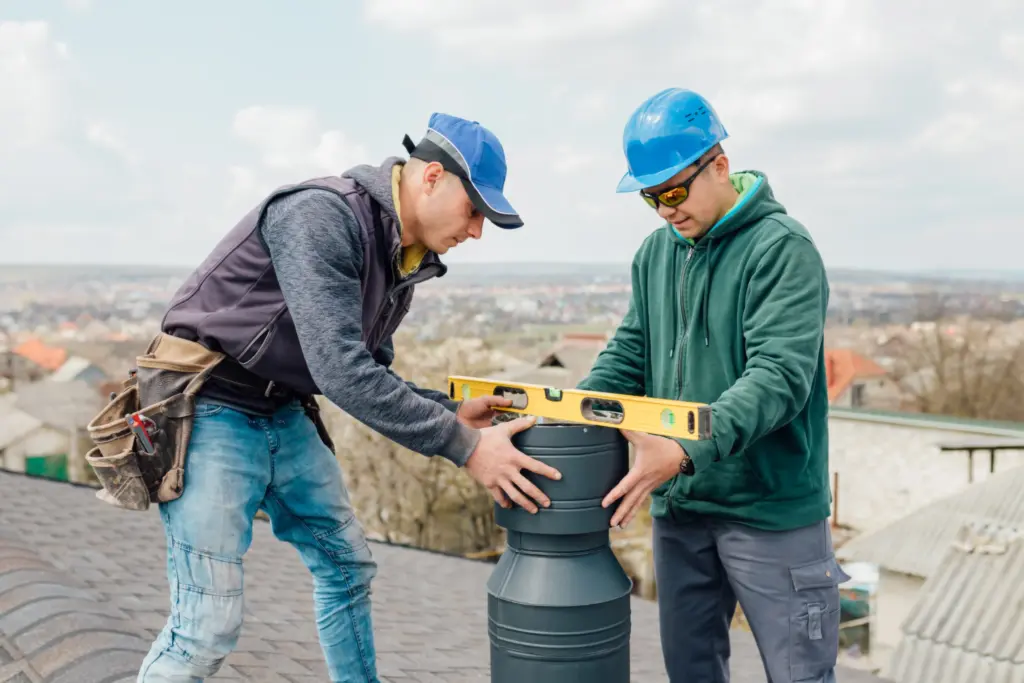
Key Areas to Measure for a Proper Fit
The first and most important measurement involves the outer dimensions of the flue or the area the cap will cover. For masonry chimneys, this means measuring the length and width of the flue tile at its top opening. For round flues, measure the diameter across the opening to the nearest fraction of an inch. It is equally important to note the height of the flue above the crown, since the cap’s skirt or mounting flange must fit securely around it. A well-measured cap should sit level on the crown without wobbling or leaving gaps.
Some chimneys include multiple flues grouped together under one larger cover. In this case, the full length and width of the chimney crown must be measured to determine the total coverage area. Professionals also check how far the crown extends beyond the brickwork so that the cap’s mounting hardware aligns properly. These details may seem small, but they make the difference between a snug, efficient fit and a cap that allows air or water infiltration.
Common Mistakes When Measuring Chimney Caps
Even small errors in measurement can create long-term problems. If a cap is too tight, it can crack flue tiles during installation or restrict the venting path. If it is too loose, strong winds may lift it away or let rainwater enter around the edges. Many homeowners attempt to measure from the outer bricks instead of the flue itself, which often results in caps that do not seat correctly. Others overlook height or mounting style, assuming that a standard size will fit all chimneys. The reality is that every system requires its own attention. Professionals trained in chimney service know how to measure with precision, accounting for crown slope, flue alignment, and clearances needed for thermal expansion.
Understanding these variables is crucial for anyone learning how to measure chimney cap. A misfit cap can disrupt draft, making fires difficult to start or keep burning. It can also allow moisture to reach the liner, leading to corrosion or cracks that compromise the chimney’s structure. Because of these risks, most experts recommend professional measurement and installation to ensure a secure fit and full compliance with safety standards.
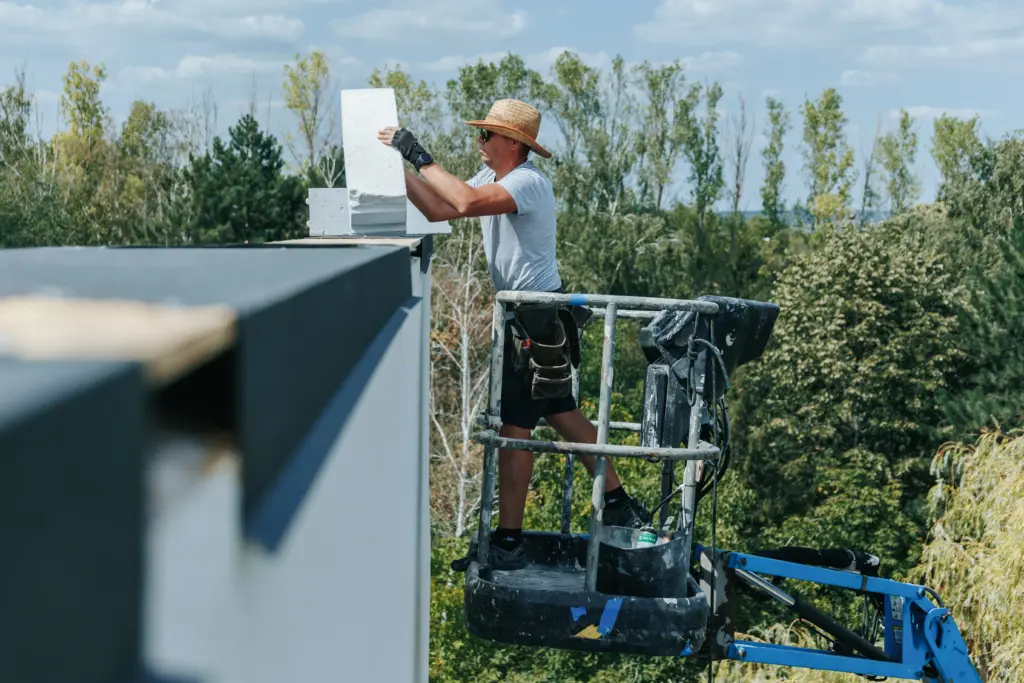
How Incorrect Sizing Affects Draft and Safety
When a cap is too small, the chimney’s exhaust flow becomes restricted. This restriction forces smoke and gases, including carbon monoxide, to move more slowly, sometimes drifting back into living areas. On the other hand, a cap that is oversized may not provide adequate wind protection, allowing gusts to blow smoke downward or rainwater to enter freely. Both scenarios can lead to unpleasant odors, staining, and even health concerns. Over time, trapped moisture can weaken the crown and masonry joints. These problems often start with inaccurate measurement during installation. Understanding how to measure chimney cap correctly helps maintain proper airflow, keeping fires burning cleanly and homes safe from moisture damage.
Professional installers also consider how chimney height and surrounding structures affect airflow. In windy areas, they may recommend custom-designed caps that account for turbulence and pressure differences. These adjustments fine-tune the system for consistent draft and improved performance, especially during cold or windy weather.
Professional Techniques for Reliable Measurement
Professionals use specialized tools and methods to guarantee accuracy. Measuring tapes with magnetic tips help record precise dimensions without leaning into the flue, while adjustable calipers confirm round openings to the nearest millimeter. In older chimneys where flue tiles may not be perfectly straight, technicians take several readings at different points to ensure the cap fits evenly. This attention to detail separates expert service from guesswork. It is one reason Green & Clean Home Services emphasizes proper measurement during every chimney cap installation.
Homeowners often assume measuring a cap is a simple do-it-yourself project, but few realize how complex chimney structures can be. Brick crowns may slope slightly for water runoff, and some chimneys contain multiple flues with different heights. These variations require experience to measure correctly. Professional service eliminates uncertainty and ensures the new cap not only fits securely but also meets industry safety guidelines. This level of precision guarantees lasting protection through harsh weather conditions.
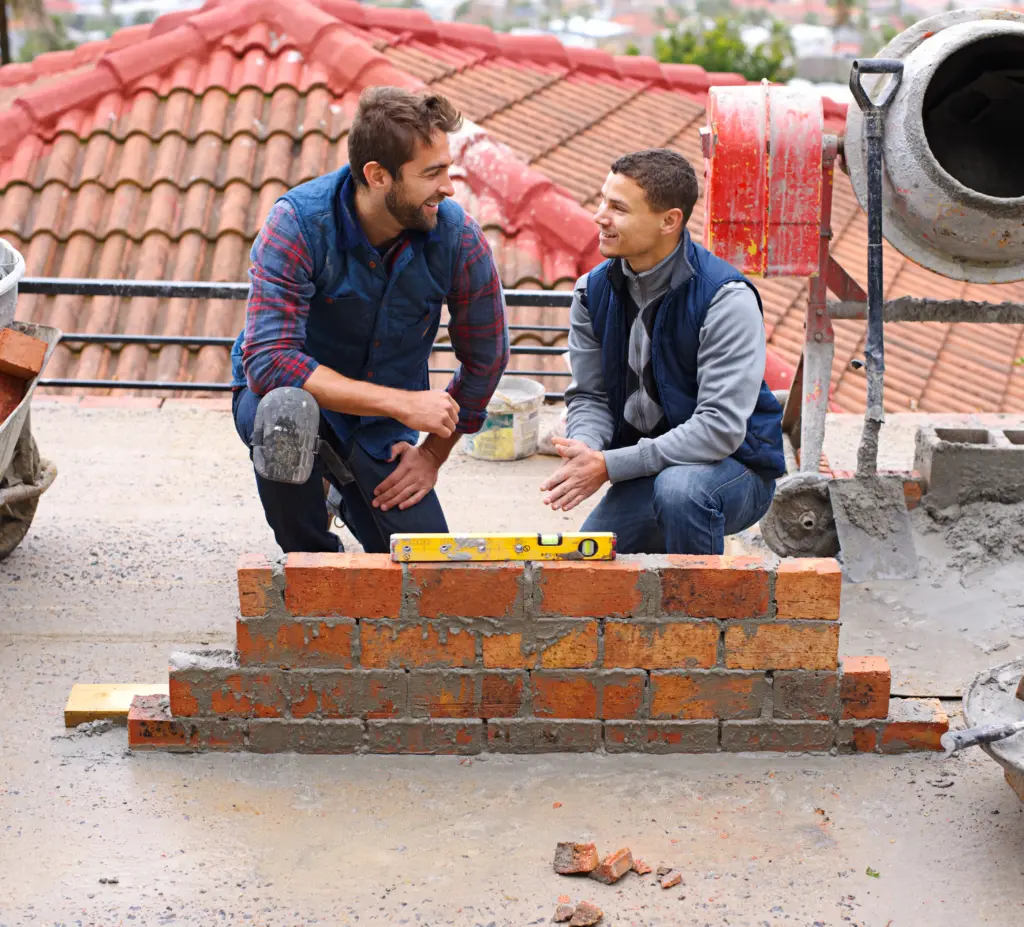
Moisture, Energy, and Air Quality Considerations
A well-fitted chimney cap does more than block debris. It also plays an important role in maintaining indoor comfort and energy efficiency. When air and moisture flow correctly through the flue, the home retains heat more effectively and uses less energy for temperature control. Without a cap, cold air can enter freely during winter, forcing the furnace or fireplace to work harder. The Energy.gov website highlights that managing air leakage around fireplaces and chimneys improves overall household energy performance. Precise measurement ensures that your cap complements the chimney’s design, sealing gaps that can waste energy or reduce indoor air quality.
Moisture control is equally vital. A cap that fits well prevents rain from reaching the chimney liner, reducing the risk of corrosion, rust, and mold. Over time, that protection preserves structural integrity and eliminates damp odors that can develop inside the flue. Proper sizing also keeps wildlife from nesting inside, a common issue in chimneys left uncovered or poorly capped.
Why Professional Installation Brings Lasting Value
Once the correct dimensions are known, selecting and installing the cap becomes the final step. Professionals ensure that mounting hardware aligns perfectly and that sealants or fasteners do not interfere with flue function. They test airflow after installation to confirm that gases move freely through the opening. When homeowners rely on certified technicians instead of estimating measurements themselves, they gain confidence that the cap will perform properly in all seasons. This attention to precision reflects the commitment to safety and quality that defines professional chimney care.
At Green & Clean Home Services, our team provides detailed inspections and cap installations throughout Lake, Cuyahoga, Geauga, Summit, and Portage Counties. We evaluate every part of the chimney structure before measuring, ensuring that your new cap fits perfectly and complies with all safety standards. Our process eliminates guesswork and delivers long-term protection against water damage, drafts, and animal intrusion.
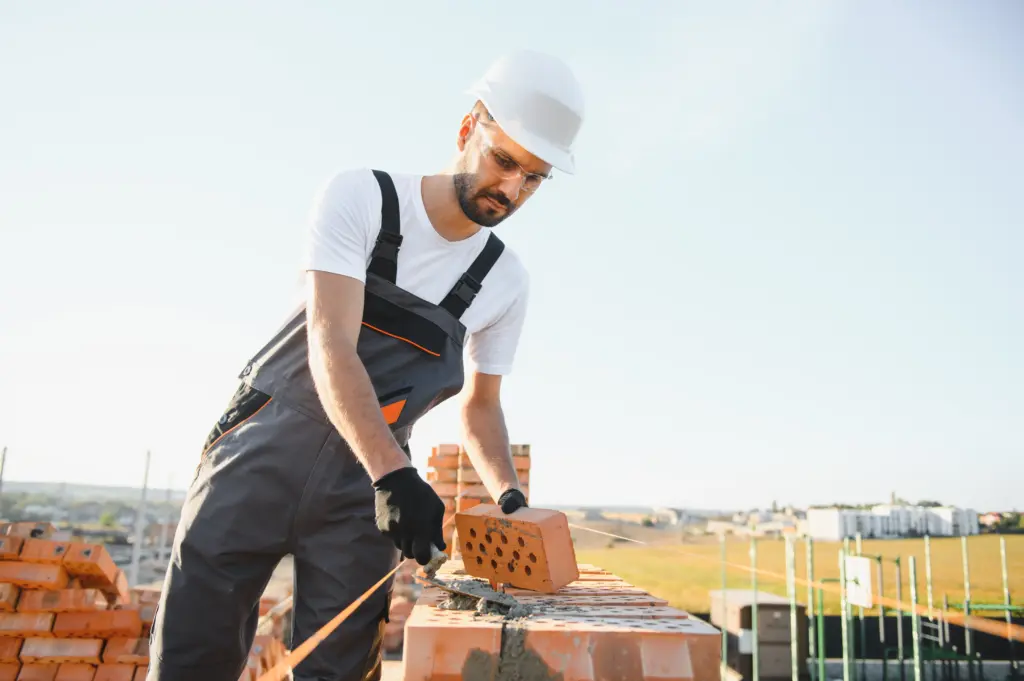
Conclusion: Precision Protects Your Home
Knowing how to measure chimney cap accurately protects your home from the top down. The right fit keeps out weather, enhances airflow, and extends the life of the entire fireplace system. A small miscalculation can cause problems that grow over time, from leaks to poor draft performance. Professional measurement and installation offer peace of mind, ensuring that your chimney cap performs exactly as it should. With the proper tools, training, and attention to detail, experts make sure your chimney remains both safe and efficient year after year.
If you need help selecting or replacing your chimney cap, visit our Chimney Services page to learn more or contact us today. The team at Green & Clean Home Services will ensure your chimney is measured, fitted, and protected with the same care we bring to every part of your home.


